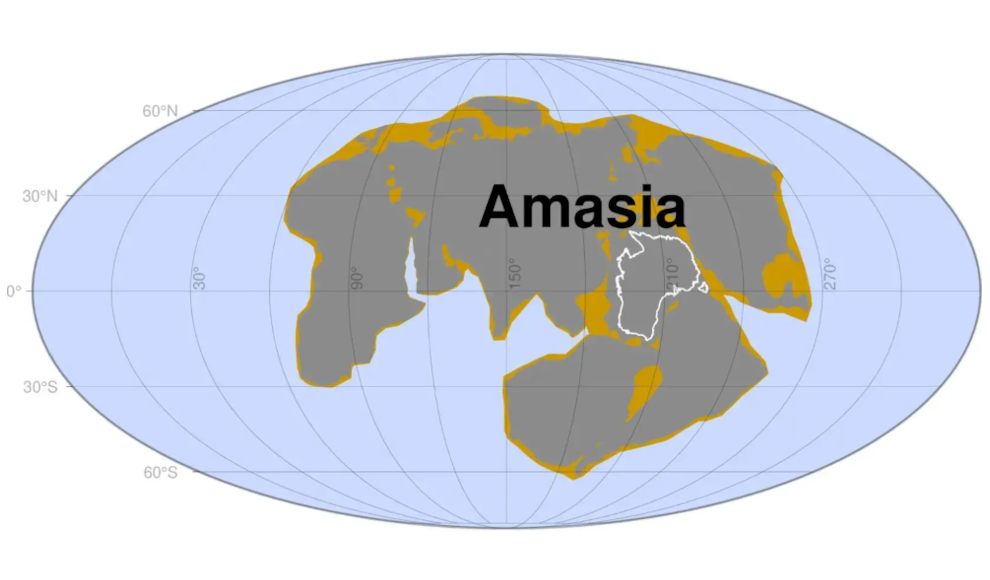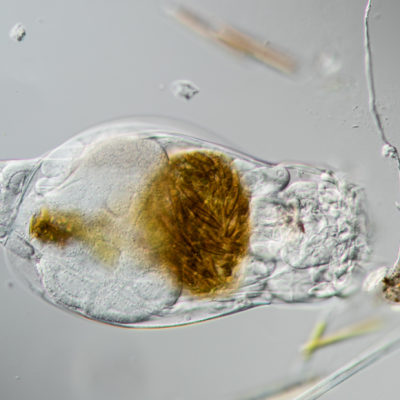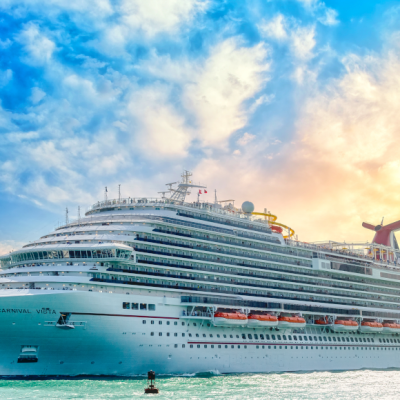The Pacific Ocean is set to close in the future geological developments of the Earth, leading to the formation of the next supercontinent comprising America and Asia. This will result in significant changes to the Earth, including a drop in sea levels and a very dry inland area. Scientists at Curtin University have used a supercomputer to model the formation of a supercontinent, revealing that the strength and thickness of the oceanic plates are decreasing due to the Earth’s billion-year cooling phase. This makes it difficult for the next supercontinent to form by preventing the closure of young oceans such as the Atlantic and Indian Oceans.
According to Dr. Chuan Huang, the findings provide new insights into the future geological developments of the Earth over the next 200 million years. The simulation shows that the Pacific will close in less than 300 million years, allowing the formation of Amasia and contradicting some previous scientific theories. The Pacific Ocean is the remaining relic of the former superocean Panthalassa, which began to form about 700 million years ago when the former supercontinent broke apart. The Pacific is the oldest known ocean, and its size has been decreasing since the time of the dinosaurs.
The newly forming supercontinent has been named Amasia, and it is expected that Australia will play a crucial role in this significant geological event. It is predicted that Australia will first collide with Asia and then connect America and Asia once the Pacific is closed. However, Professor Zheng-Xiang Li warns that the global dominance of a single continental landmass will dramatically alter the Earth’s ecosystem and environment. The Earth as we know it will fundamentally change when Amasia forms, with a drop in sea levels and a very dry inland area with high daily temperature fluctuations.










